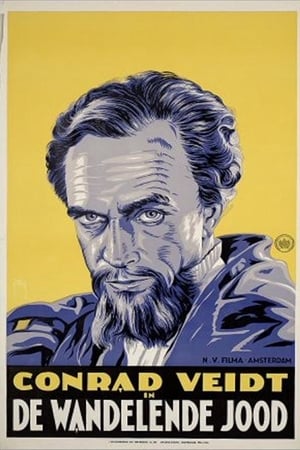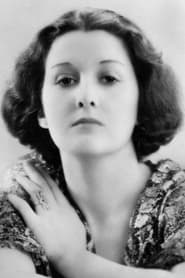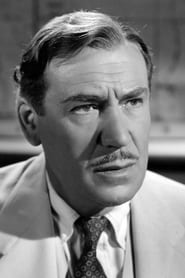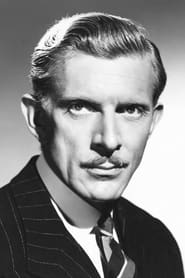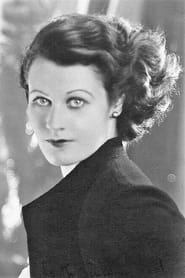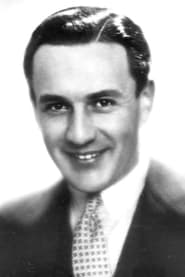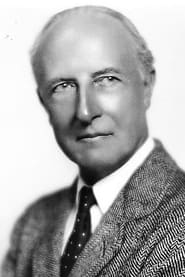Cast
View AllConrad Veidt
as Matathias / The Unknown Knight / Dr Matteos Battadios
Marie Ney
as Judith (Phase I)
Basil Gill
as Pontius Pilate (Phase I)
Cicely Oates
as Rachel (Phase I)
Anne Grey
as Joanne de Beaudricourt (Phase II)
Bertram Wallis
as Boemund, Prince of Tarentum (Phase II)
Hector Abbas
as Isaachar (Phase II)
Dennis Hoey
as Lord de Beaudricourt (Phase II)
Jack Livesey
as Godfrey, Duke of Normandy (Phase II)
Kiyoshi Takase
as Phirous (Phase II)
Alan Napier
as Knight (Phase II)
Joan Maude
as Gianella (Phase III)
John Stuart
as Pietro Morelli (Phase III)
Arnold Lucy
as Andrea Michelotti (Phase III)
Hay Petrie
as Merchant (Phase III)
Crew
Director
- Maurice Elvey
Producer
- Julius Hagen
Reviews
CinemaSerf
Told in an historically episodic fashion, Conrad Veidt depicts the Jewish man "Matathias", who helped to convince Pilate to crucify Jesus. By way of punishment, he is condemned to walk the Earth facing, enduring and surviving many of the trials that faced his race as history marched on. It is a history, of sorts. Many of the events depicted are reflections of true events - pogroms, the Spanish inquisition etc., but it's the way in which he lives his life, yearning for release - however that may manifest itself - that makes this a decent film to watch and Veidt manages this amalgam of roles quite skilfully. You can see a few short cameos from Peggy Ashcroft and Francis L. Sullivan that help to enhance this depiction of the chronology of the persecution - and persevenence - of his race, too. I don't take this film as a seriously evaluative (of religion) piece of cinema. Though overtly Christian in outlook, it is not a ram-it-down-your throat type of production. It has enough romance and adventure to keep it from moralising too much - and to keep it enjoyable to watch. I found the use of light especially effective throughout, but potently when inflicting and then rescinding his punishment and although the ending spoils it somewhat - it is abrupt, and asks way more questions than it answers - I suspect it pleased our immortal pilgrim.
Jun 13, 2022
Thematic Analysis
As a dramatic work, The Wandering Jew examines complex human relationships and emotional struggles against the backdrop of a period setting that reflects societal issues of its time. The character development particularly stands out, offering viewers a chance to reflect on their own life journeys.
Director Maurice Elvey brings their distinctive visual style to this film, continuing their exploration of themes seen in their previous works while adding new elements. Their approach to character development and emotional depth creates a viewing experience that rewards close attention.
Released in 1933, the film exists within a cultural context that now offers viewers historical perspective on the social issues of that era. Its critical acclaim reflects its artistic achievements and its place in cinema history.
Did You Know?
- The production of The Wandering Jew took approximately 24 months from pre-production to final cut.
- The final cut of the film runs for 110 minutes, though the director's initial assembly was reportedly 170 minutes long.
- The costume department created over 251 unique costume pieces for the production.
- The film contains approximately 2154 individual shots.
- The screenplay went through 5 major revisions before the final shooting script was approved.
Historical Context
- In 1933, when this film was released:
- The Cold War was intensifying, influencing global politics and culture.
- Television was becoming a dominant form of home entertainment.
- The film industry was dominated by major studios, with independent cinema still in its early development.
How This Film Stands Out
While The Wandering Jew shares thematic elements with other films in its genre, it distinguishes itself through its unique approach to storytelling, visual style, and character development.
Unlike Au Revoir les Enfants, which focuses more on action than character development, The Wandering Jew subverts genre expectations by exploring its themes with greater nuance.
While films like Constantine and Adrift at Sea explore similar territory, The Wandering Jew stands apart through its deeper exploration of its central themes and more complex characterization.
This film's unique contribution to cinema lies in its bold artistic choices and willingness to challenge viewer expectations, making it a valuable addition to its genre.
Details
- Release Date: November 15, 1933
- Runtime: 1h 50m
